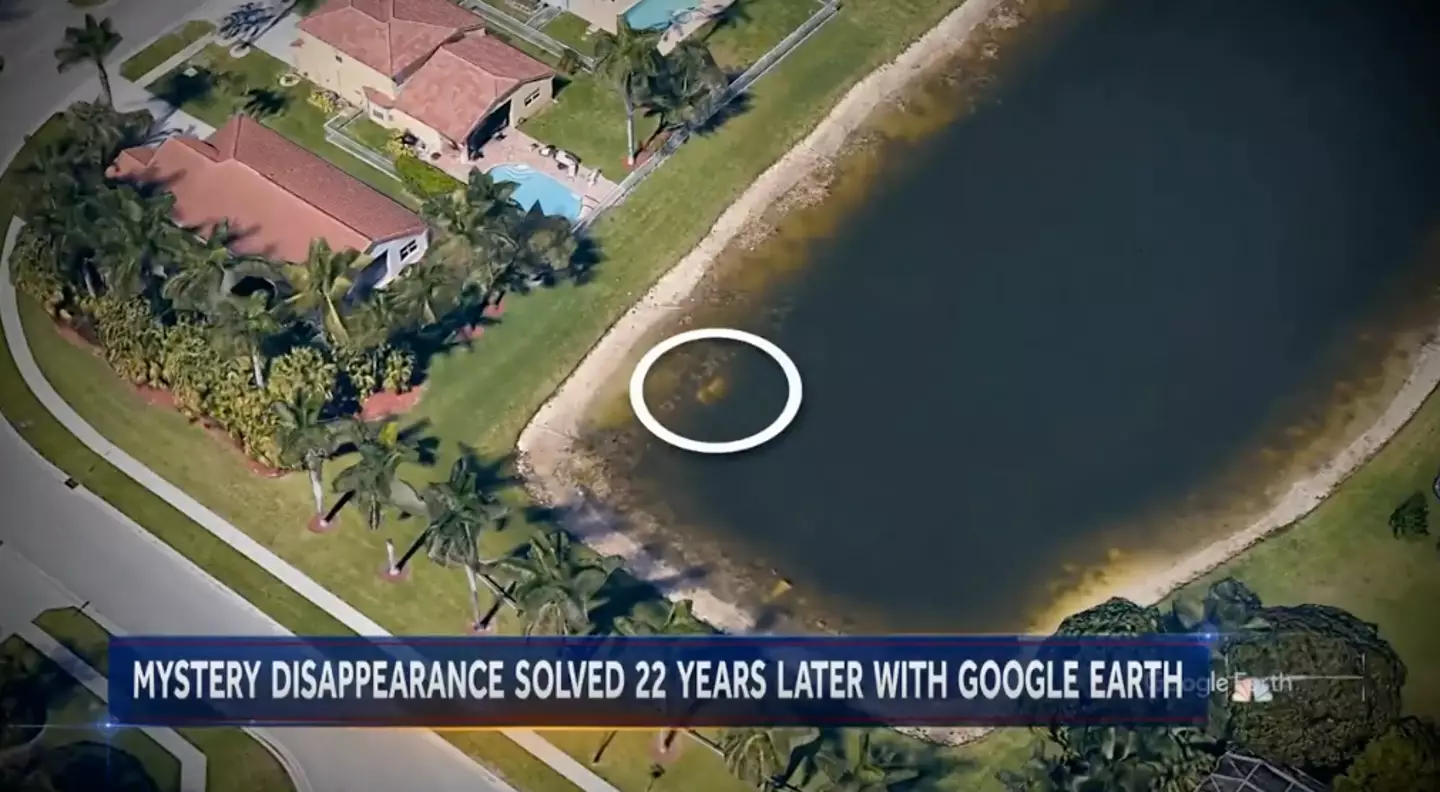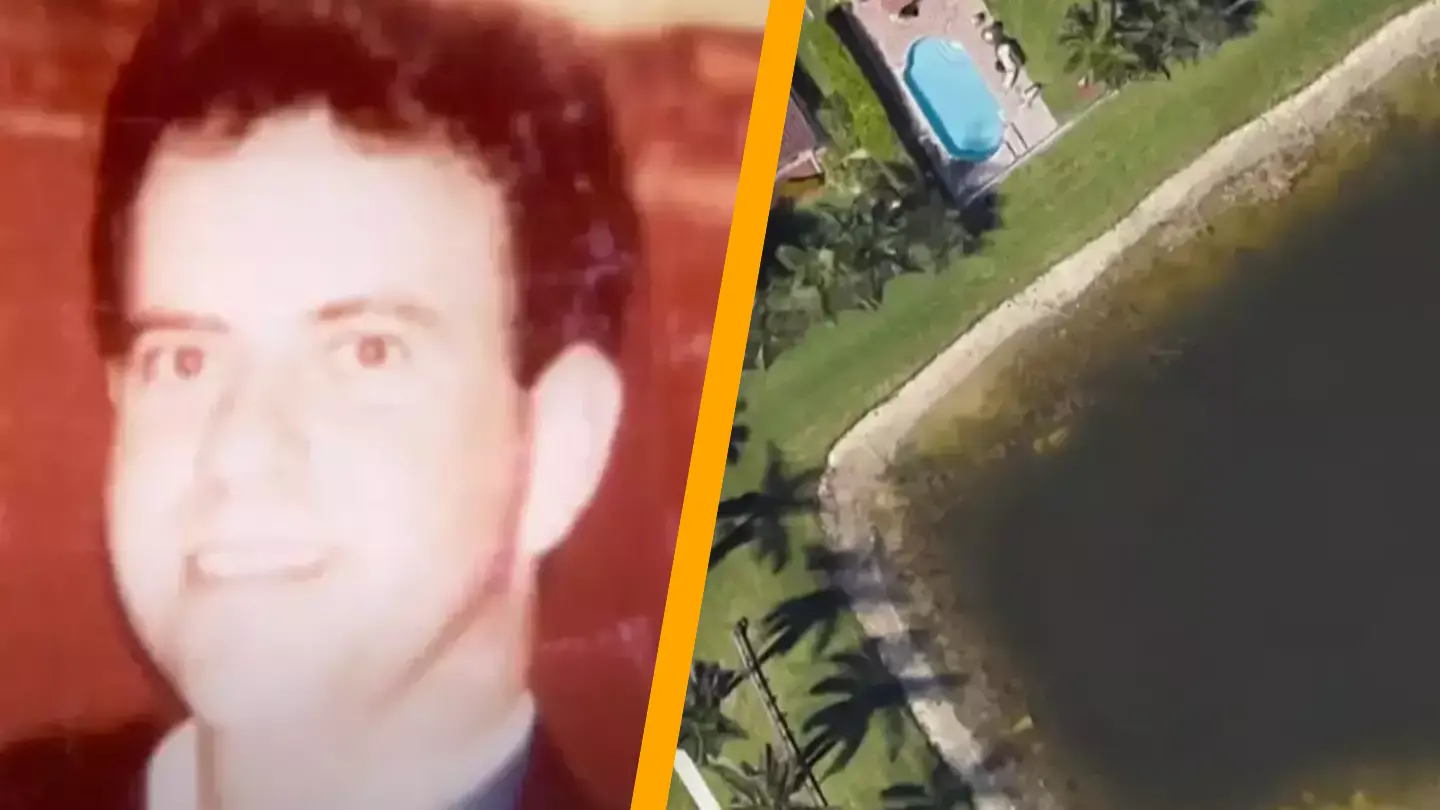For 22 years, William Moldt from Florida remained a missing person until a simple examination of Google Earth revealed his location.
Google Earth is known for showcasing a variety of oddities, from obscured homes to enigmatic objects.
It’s somewhat eerie to realize the platform allows you to view every nook and cranny of the Earth, but it also offers playful uses such as showing people your former residences or the parks you frequented as a child.
While revisiting their old neighborhood on Google Earth, one user noticed something unusual at Moon Bay Circle in Wellington, Florida.
This discovery surfaced more than two decades after Moldt disappeared in Florida in 1997.
Moldt had spent the evening at a nightclub and phoned his girlfriend around 9:30 PM to inform her he would be home soon.
She naturally expected him to arrive shortly after, but tragically, this call was the last time she would hear from him.
Moldt seemingly vanished, and over the years, police efforts to locate him proved futile.
Fast forward to 2019 when a Google Earth user reported what appeared to be a vehicle submerged in the water at Moon Bay Circle.

Police investigated and confirmed the presence of a car in the water.
Upon retrieving the vehicle, they discovered skeletal remains inside.
One week later, the remains were identified as belonging to Moldt.
Although the discovery provided closure on Moldt’s fate, it was haunting to realize the car had been visible on Google Earth since 2007 – it was just that no one had noticed it until 2019.
A report by the Charley Project, a US-based online cold case database, noted that the ‘vehicle had plainly [been] visible on a Google Earth satellite photo of the area since 2007, but apparently no-one had noticed it until 2019’.

In 2019, the Palm Beach County Sheriff’s Office informed the BBC that Moldt seemed to have lost control of his vehicle and driven into the pond while returning from the club.
However, they also stated that there was ‘no evidence of that occurring’ during the initial investigation.
“Due to the shift of water, the car was not clearly visible,” they explained.

